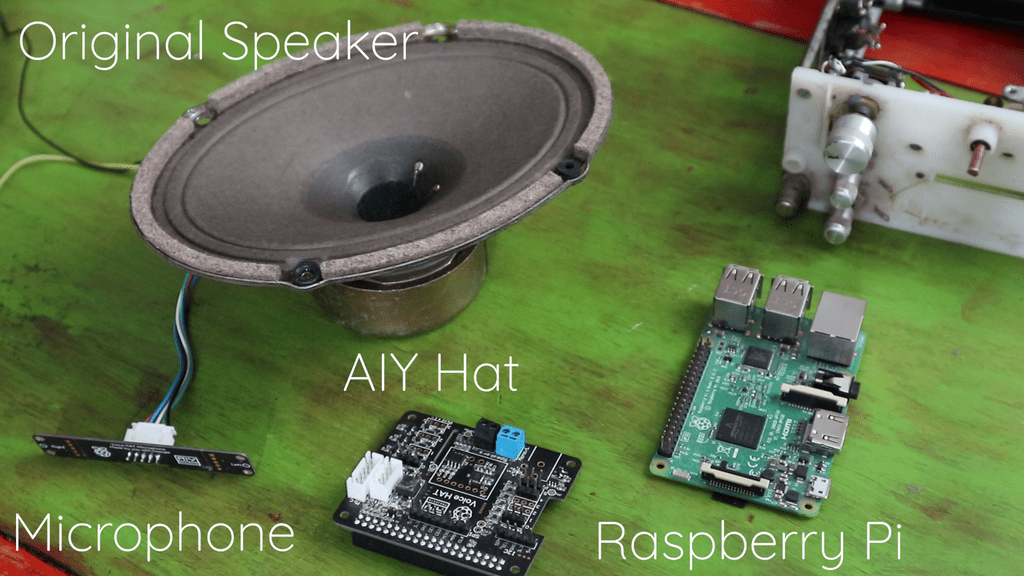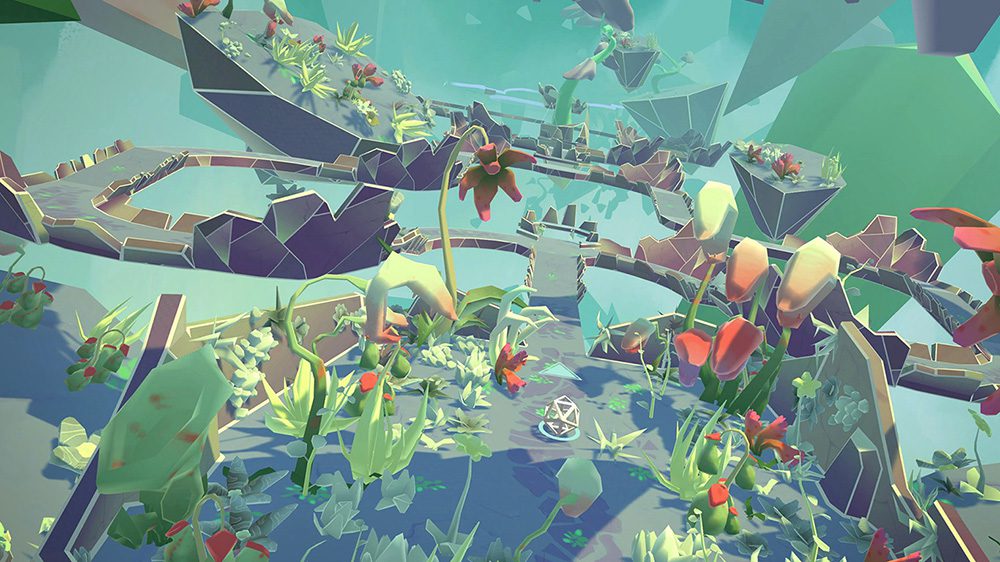Schlagwort: Interactive
-

Raspberry Pi turns retro radio into interactive storyteller
Reading Time: 3 minutes8 Bits and a Byte created this voice-controllable, interactive, storytelling device, hidden inside a 1960s radio for extra aesthetic wonderfulness. A Raspberry Pi 3B works with an AIY HAT, a microphone, and the device’s original speaker to run chatbot and speech-to-text artificial intelligence. This creature is a Bajazzo TS made by Telefunken…
-

Finding your way in the enchanting Arca’s Path
Reading Time: 4 minutesVR is a powerful step forward for technology to allow for immersive new experiences in bold new virtual worlds, reaching new audiences and breaking down barriers for interactivity. The team at Dream Reality Interactive believes that there are further opportunities to create engaging, artful experiences that can connect with players in increasingly…
-

The Poplawski’s Holiday Frights
Reading Time: 2 minutesAfter becoming internet-famous for their interactive Christmas lights, the Poplawskis have expanded their festive offerings this year with Holiday Frights, a fiendish collection of spooky decor controlled by a Raspberry Pi. The Poplawskis’ holiday lights Full of lights and inflatable decorations sprawling across the front lawn, the annual pi-powered Poplawski Christmas setup…


